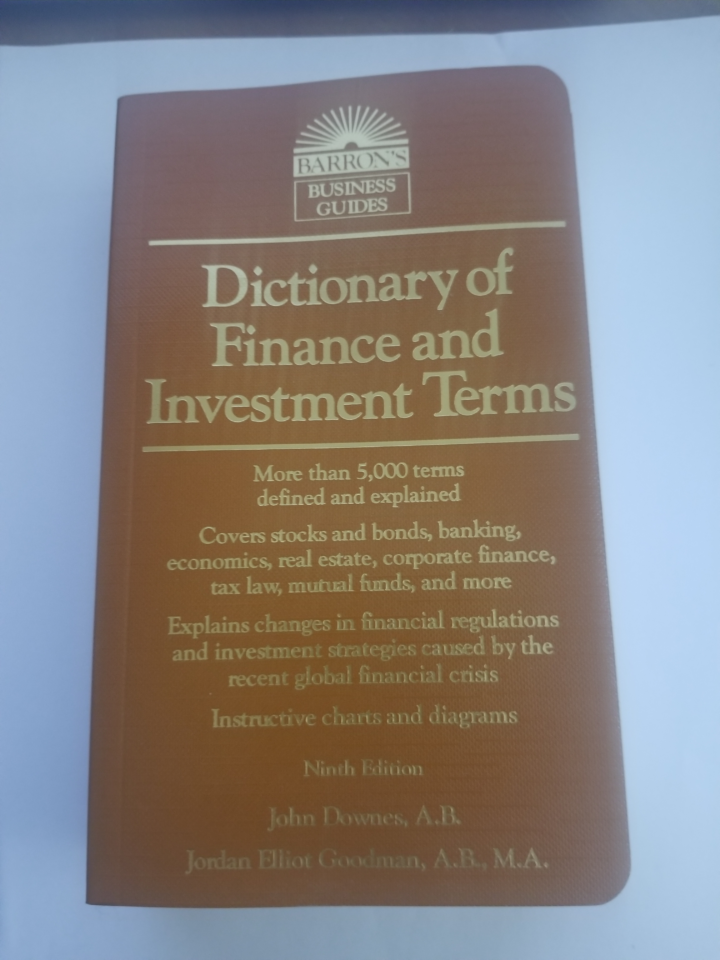I met with a potential client this week and realized that we were speaking a different language. This isn’t the first time that I’ve seen the confusion on investment terms. I’ve always tried to be careful to not devolve into “Work Speak”. Work Speak is that alphabet soup of acronyms and terms that all professionals share among themselves. Outsiders do not normally understand and sometimes we need to step back and use explanations.
Here are a few terms that I find myself explaining on a regular basis. As you can see above, in my community, we’ve got thousands!
- A fiduciary is obligated to act in the best interest of their client and avoid any conflicts. They cannot make a recommendation based simply upon higher compensation.
- Investment Advisor Representative (IAR). This acronym refers to people who work for investment advisory companies and provide investment-related advice. They are regulated by either their state or the Securities Exchange Commission (SEC), registered by the states in which they do business, required to act as fiduciaries to their clients, are compensated with fees, and must work through a Registered Investment Advisor (RIA) firm.
- Registered Representative (RR). This acronym refers to individuals working for a brokerage company and conducts transaction-based (commission) services for their clients. They are regulated by FINRA, registered to a sponsoring firm (Broker), not required to act as a fiduciary (but may), compensated with commissions from client transactions.
- Registered Investment Advisor (RIA). This is a financial firm that has registered with the SEC or state authorities. By law, RIAs have a fiduciary duty toward their clients. This means they have a fundamental obligation to provide suitable investment advice and always act in their client’s best interest.
- Fees are the charge incurred for investment advisory services. Fees are typically a flat percentage based upon total assets managed.
- Commissions are a transaction-based charge for services rendered during securities and insurance transactions. In a securities or variable annuity transaction, the commission usually reduces the total number of shares/units purchased. In a fixed insurance transaction (fixed life or annuity), the commission is paid by the insurance company and does not reduce the money paid into the policy.
- Risks are typically the quantification of the chance that an investment outcome will not be as expected.
- Interest rate risk is the possibility that interest rates will rise during a holding period and drive down the value of the security.
- Market Risk is the chance of a decline in investment value because of a development that affects the entire market. Think Tsunami, a plane crashing into a building, etc.
- Sector Risk is a similar risk that affects a specific sector of the market. Think Soybean tariffs.
- Company Risk is the chance that bad governance, poor decisions, declining earnings or other factors drive down the equity value.
- Credit Risk is the risk that a company or government entity will issue a bond or note that they cannot pay. Think of Italy, Greece, Brazil, or Venezuela.
- Inflation risk is the potential loss of purchasing power because your investments do not keep up with inflation.
- Reinvestment risk is the possibility that at the time for reinvestment, you cannot secure a similar rate of return on your investment. Think: Selling a 5% bond and only able to buy a 4% bond at the time of reinvestment.
- Risk Tolerance is your ability to withstand negative market swings in order to get the highest overall long-term return. Typically, the higher your required return, the higher the necessary risk tolerance.
- Securities are fungible (tradable with similar assets), negotiable financial instruments that represent some type of financial value. They are often in the forms of stocks, bonds or options.
If you have an unusual one, try to stump me. Send me a note and I’ll try to help. You can find more terms scattered throughout here.
